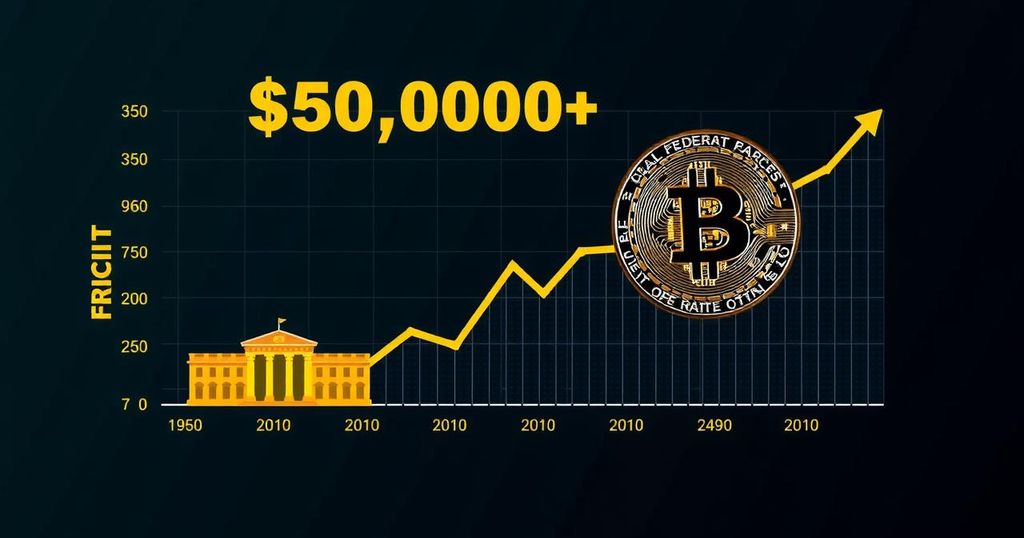Impact of Federal Reserve Rate Cuts on Bitcoin Valuation: A Cautious Outlook
The value of Bitcoin may be poised for a significant decline if the Federal Reserve proceeds with a widely anticipated rate cut this month. Analysts from Bitfinex project that Bitcoin’s price could potentially decrease by 15 to 20 percent, targeting a low near $40,000. This forecast stems from the increasing correlation between Bitcoin and traditional financial markets, particularly U.S. equities; thus, a downturn in the stock market could prompt a similar response in Bitcoin’s value.
September has historically proven to be a turbulent month for Bitcoin, and the prospect of a Fed rate cut might exacerbate this volatility. The correlation between Bitcoin and American stock indices has been on the rise, a trend that began in late July and is expected to persist as we approach both the impending rate cut and the election period.
Although the U.S. economy appears stable on the surface, with ongoing disinflation suggesting that prices are stabilizing, there are underlying concerns. Consumer expenditures are increasing, and wages are outpacing inflation, with the Personal Consumption Expenditures (PCE) inflation index rising by 2.5 percent in July. This data supports the notion that inflation is being managed effectively, while GDP growth has been revised upwards to 3 percent from a previous estimate of 2.8 percent, indicating robust economic activity.
However, challenges persist within the housing sector, as pending home sales plummeted to record lows in July, despite lower mortgage rates. It is possible that with further reductions in mortgage rates and the conclusion of the election cycle, the housing market may rebound. Consumer confidence, which reached a six-month high in August, reflects a general sense of optimism about the economy, despite lingering concerns regarding employment.
Moreover, it is essential to consider developments in the cryptocurrency market contextually. The 24X National Exchange has proposed to U.S. regulators the establishment of a securities exchange to facilitate 24/7 trading of cryptocurrency exchange-traded funds (ETFs). This innovative step could significantly alter cryptocurrency trading dynamics in the U.S. Meanwhile, Australia has experienced a remarkable increase in crypto ATMs, positioning the country as the third-largest market for such technology globally.
The regulatory landscape has tightened considerably since the 2007-2008 financial crisis, with governments worldwide implementing stricter regulations to mitigate recurrences of such economic turmoil. In the United States, the Dodd-Frank Wall Street Reform and Consumer Protection Act exemplifies the measures taken, while Basel III represents a concerted international effort to enhance financial stability. Given the current focus on maintaining market equilibrium and controlling inflation, it is imperative for investors to approach the evolving landscape with caution. In conclusion, while the immediate outlook for Bitcoin remains uncertain in light of potential Fed actions, a broader perspective on market dynamics and regulatory developments is essential for informed decision-making.








Post Comment